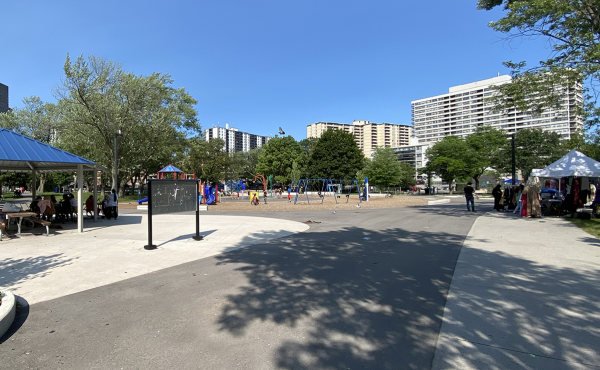

How did they get to yes?
The City of Toronto’s daily press releases, which I am fortunate enough to receive, offer some telling clues.
Two weeks into the strike, the City began issuing a daily release, saying that negotiations with the two civic employee unions were continuing.
Nothing more, and no details. Just that the municipal negotiators were on the job.
It was an empty media relations gesture, evidently meant to do little else but counter union accusations that the City’s team had stopped bargaining.
But then something changed. After publicizing its formal offer about ten days ago, the City began offering up bits and pieces of information about the revival of various services, such as the processing of building permits filed prior to the strike.
Why the shift? A month in, most Torontonians had grudgingly acclimatized themselves to strike conditions, finding alternative child care, doing the occasional trash schlep, and so on. And in a tactical move that essentially mirrored this broad adaptive response, the City decided to resume business as normal, as much as possible.
Which is how we arrived at a fork in the road on Friday. It’s absolutely true that the Sunday midnight deadline did focus everyone’s attention. But CUPE’s game-changing gambit also forced the union and the City to recognize that human beings, even pampered North Americans, have a deep capacity to become accustomed to conditions that are much worse than closed pools and mounds of trash.
The logic of any strike depends on the imposition of public inconvenience. When said inconvenience abates, unions have lost their best weapon. But this is a double-edged sword, as City officials surely came to understand. After all, if we learn to do without municipal services, we’ll become even less agreeable about paying local taxes.
Outside the bargaining room, life went on, and so they had to end the strike.
photo by Ron Squeakyrat



4 comments
The following quote from the CBC was interesting:
“The union would not give any details of what was in the deal, but Ferguson did say that the logjam was cleared when ‘the last concession came off the table just under an hour ago.'”
Source: http://www.cbc.ca/canada/toronto/story/2009/07/27/toronto-strike.html
So did the city give in to the union to get a deal? If so, why (since, as you point out, civic life was pretty normal)? If not, how is the union characterizing this as “no concessions”?
Andrew, that is my big question mark too. It would be ridiculous if this one indeed ends with the city taking back all demands for concessions. If that is true, bye-bye, Miller, you have blown it in the most spectacular way.
The problem with a strike settlement is that both sides claim victory and the public never gets to see the full picture. Listen to a CUPE member in Windsor being interviewed and she said she was happy with the settlement because thay got improvement in contract language on job security and other things even though they gave up on key issue on benefits for new hires. So what does that mean unless one knows all the costs related to new language. Same thing with Toronto unless we know all the deals and there costs.
A strike does not require “the imposition of public inconvenience”. In a strike by CAW against GM, the public suffers no real inconvenience; they just buy Fords or Toyotas. Ideally, in a public strike, the same logic and division of risks would apply: public sector workers and managers would balance decisions that might lead to a strike against the risk that the public might choose to support contracting out.
Unfortunately, a look at the rate at which incumbents get re-elected in this city tends to encourage the belief that actual delivery of public services play a relatively minimal role in determining the careers of city managers and politicians. As a result, the unions have some reason to believe that they can only succeed by inconveniencing the public.
But in this case, the story of the strike does not make for much a tribute to the civic virtues of Toronto. Poor children and their parents bore the worst of the strike, and the willingness of Toronto residents to let the strike go on says, in my view, less about the resilience of ordinary Toronto residents than it says about extent of our concern about poor kids in this city.